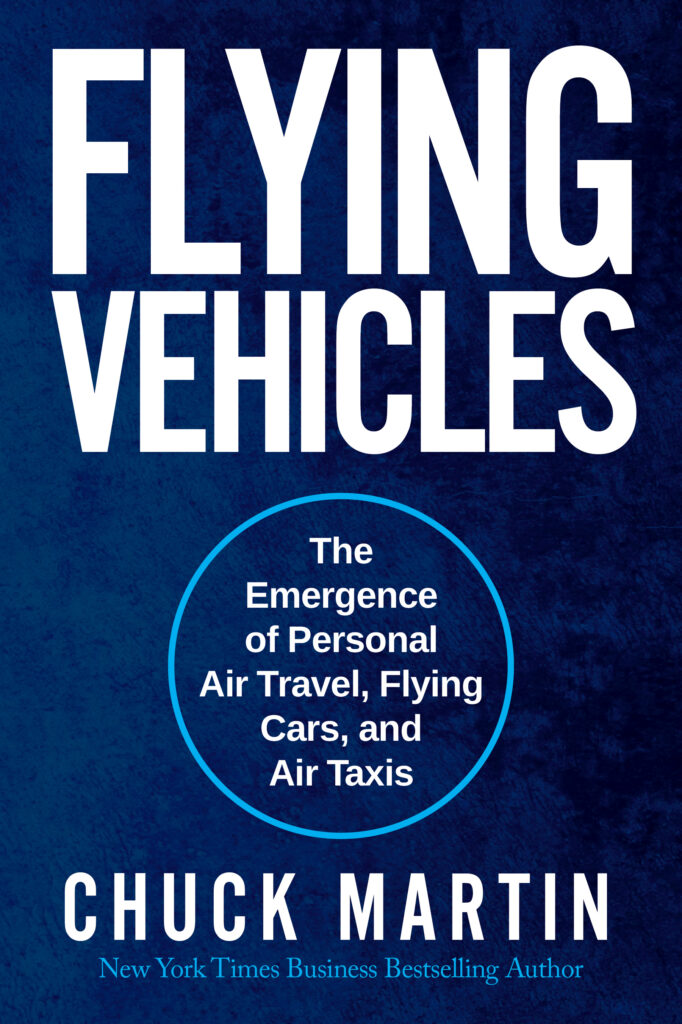Mobile is truly a global phenomenon but all markets are not yet in sync.
This can pose some interesting challenges for both marketers within each of the geographies as well as visitors who travel outside their mobile home base into another market, as many business travelers have learned over the years.
Mobile markets function in different ways, some due to culture and habit, some to technological infrastructure and others just a matter of timing and consumer acceptance. For example:
- In the U.S., carriers pay Apple a reported two to three hundred dollars each time a person buys an iPhone with a two-year contract. By contrast, 82 percent of the mobile phone connections in Brazil are pre-paid, according to the International Telecommunications Union (ITU).
- A mobile phone user in one country may swap SIM cards in and out of their phone to leverage the most effective pricing of the moment or situation while those in the US exclusively use their contracted carrier.
- In Japan, consumers swipe cell phones rather than credit cards and in South Korea free mobile television has been around for several years. Both of those capabilities are in their infancy in the U.S.
And users of phones within given markets learn the mobile rates in their respective areas and are essentially accommodated within those markets while visitors could pay a significant premium.
I found this out the hard way not long ago on a trip to Canada where both my Verizon and AT&T mobile bills well exceeded $1,000 for just a few days of what in the U.S. might be considered ‘normal’ use. Sending photos back home and using location-based services there use very high-priced megabytes of data, which can vary widely by country.
Much farther to south is another example of the evolution of mobile. In Latin America, with 47 countries and territories with 594 million people, 20 countries account for 98 percent of the mobile connections, according to a recent GSMA study.
After addressing a group of heads of banks from throughout Latin America gathered in Colombia last weekend, one of the bankers asked me whether his bank should have an app, which in context was an interesting question.
In Latin American, about 70 percent of adults don’t have a bank account, so the bankers are looking for ways to use mobile to increase their customer base. On the other hand, banks in some of the markets, such as Brazil and Colombia, have a significant number of affluent customers using smartphones.
It will be another two years before smartphone penetration in Latin America reaches 33 percent, compared to nearly 50 percent penetration in the U.S. But within six years, it is estimated that Latin America will more closely resemble the U.S. market, with some 60 percent smartphone penetration, says GSMA.
So the banks face both a short-term and long-term marketing challenge of when to use which mobile approach, whether SMS, MMS, mobile Web, apps or even NFC (Near Field Communication) for on-location proximity marketing.
The short-term approach for each of the Latin American bankers ends up being dependent on their specific region and customer adoption rate, though the bankers did seem to agree that mobile is the way to go. And that is just one market.
Mobile usage continues to increase globally, with penetration exceeding 100 percent in 97 countries, according to the ITU. For example, Saudi Arabia has 51 million cellphones with 26 million people, Hong Kong has 13 million phones and seven million people and Brazil has 242 million phones with 203 million people.
While the U.S. is also a member of the 100 percent mobile penetration club, with 328 mobile phones and 316 million people, according to trade industry group CTIA Wireless, it is not among the largest mobile markets. By volume, those markets are Asia Pacific, Africa and Latin America, says GSMA.
Then there is the issue of someone traveling into a different mobile zone, since rates for American smartphone owners can take some advance planning and cost calculations.
We found that Verizon smartphones won’t work in Colombia, so I rented a Verizon phone for $20 (they sent me a classic clamshell, such memories!).
The usage rates in Colombia, though, are something to pay close attention to, since talking on the phone is $2 to $3 a minute and data usage is measured in megabytes, as in $50 for 125 MB. For 500 text messages, there’s another fee of $50.
My AT&T iPhone service did work in Colombia, along with the Verizon flip phone, so now we’ll just wait to see what the premium will be. But then again, all the phone features did work, for a price.
Chuck Martin is author of The Third Screen; Marketing to Your Customers in a World Gone Mobile, The Smartphone Handbook, CEO of Mobile Future Institute, Director of the Center for Media Research at MediaPost Communications and ahighly sought-after mobile marketing speaker.










